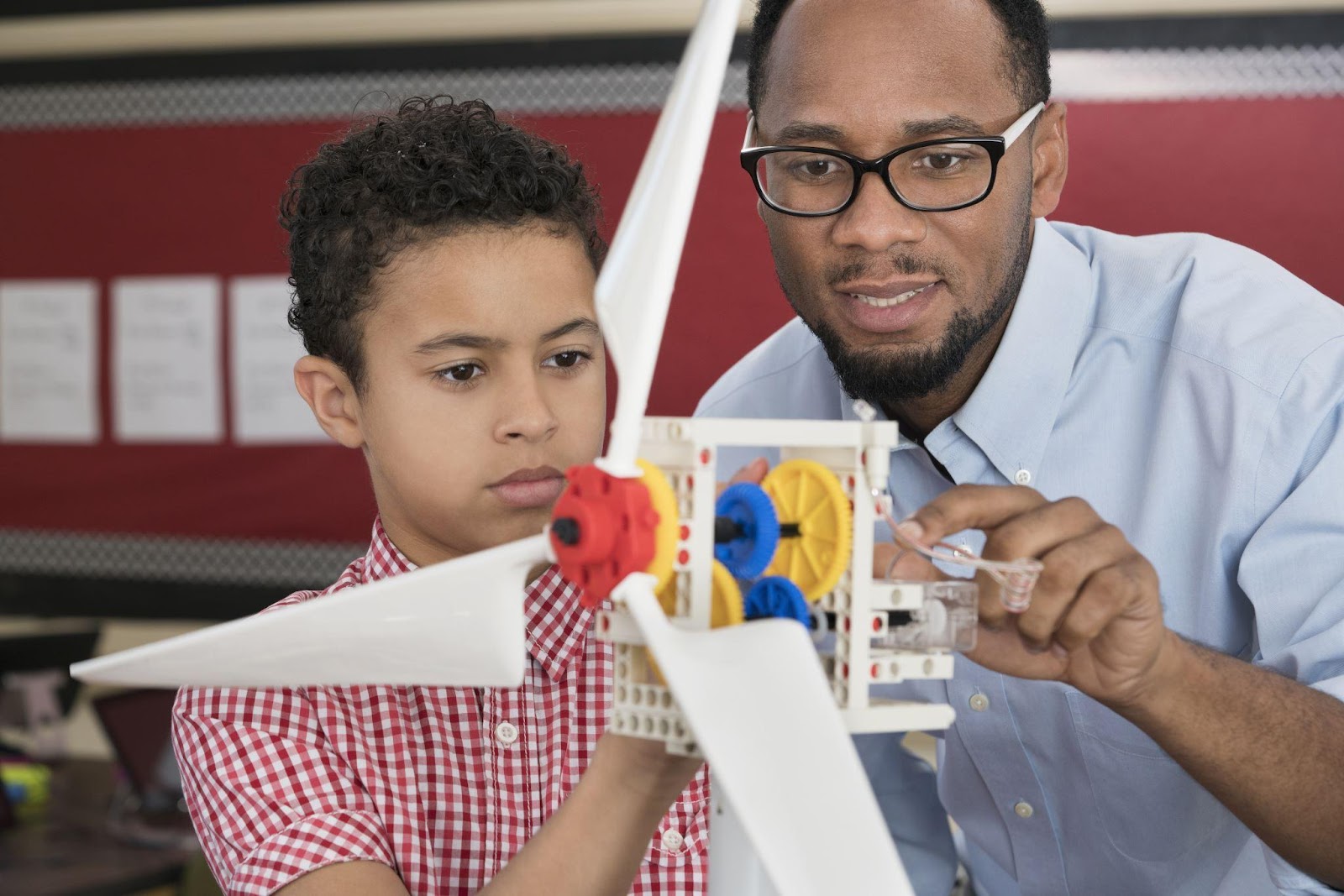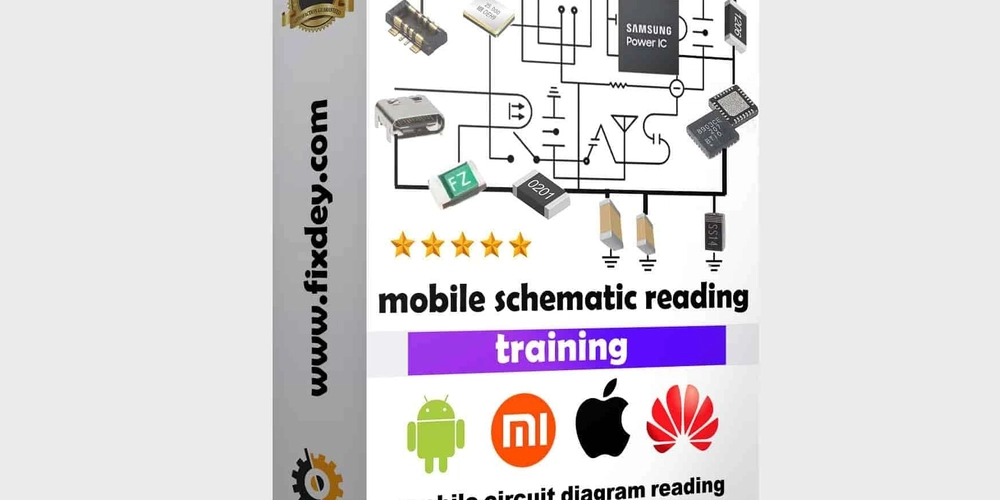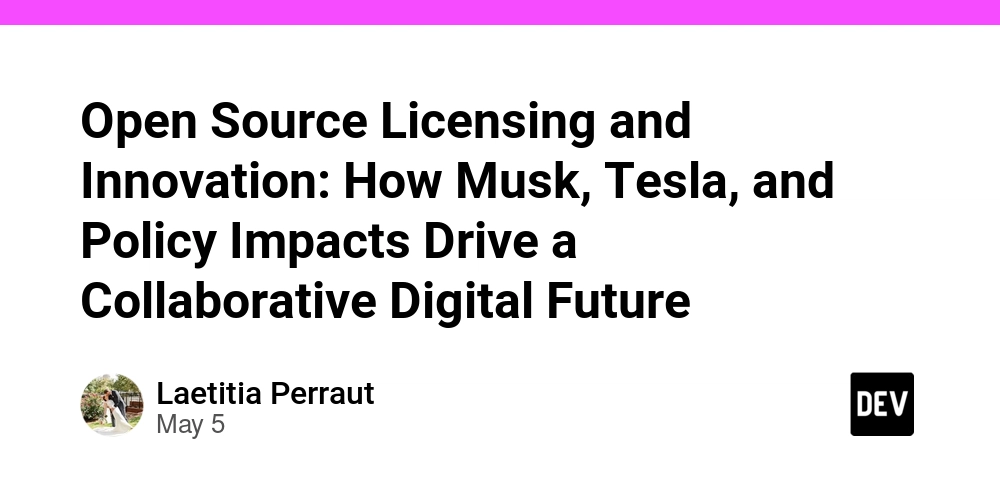What is the Evolving Role of Future Educators?
Explore the new educator responsibilities in classrooms that enhance learning through technology and personalized experiences. The post What is the Evolving Role of Future Educators? appeared first on Getting Smart.

What if tomorrow’s classrooms didn’t just prepare students for life, but were life? A life increasingly co-authored with intelligent systems and evolving technologies.
This is already a lived reality in pockets across the country, where classrooms feel less like institutions and more like ecosystems—living, breathing spaces connected to the world beyond the walls and enhanced by artificial intelligence.
This vision of what’s possible reflects the promise of personalized learning systems, especially when paired with competency-based models. Together, they create responsive, adaptive learning experiences aligned with the dynamic needs of our world. But as we integrate AI, a critical question arises: How can we ensure these technologies truly empower educators to deepen their understanding of learning science and enrich the art of teaching, ultimately leading to greater student agency?
This isn’t surface-level innovation. It’s a living, evolving practice. When designed with care, truly personalized learning unlocks something powerful – learning that adapts to the world and students who are prepared to shape it. Recent research reinforces what educators have known through experience: student agency is not a luxury. It is foundational. In a world where adaptability is currency, students need more than knowledge. They need the ability to direct, reflect, and act with purpose. We call this the Learner Layer, the important work for young people to understand self, their pathways, their potential futures and the partners who will help them along the way.
Students as Decision-Makers, Not Just Participants
Agency is a foundational design principle. Students are no longer waiting to be told what matters. They were discovering it for themselves, often with the help of tools that guide them toward personalized paths and deeper insights. They are designing projects, leading inquiries and tackling real-world challenges from their communities and from their passions. When a learner chooses the topic and owns the process, that is agency. It’s a shift from passive completion to active ownership, where they begin to see themselves as capable, not just getting by, but meaningfully contributing to the world around them.
With thoughtful structures, coaching, and timely feedback, students learn to navigate ambiguity, set goals, reflect honestly, and pivot as needed. Failure isn’t a setback; it’s part of the process. Because their work is grounded in real-world relevance —through internships, capstones, and partnerships—it doesn’t just feel valuable. It is valuable. Ask a student what they’re working on, and they won’t just tell you what. They’ll tell you why. And they’ll tell you with conviction.
Reimagining the Modern Teacher
The role of the educator is unmistakably —but beautifully reimagined, especially now, as the Office of Educational Technology (OET) reminds us that keeping educators at the heart of teaching is essential. Smart tools can enhance teaching and learning – but only when they complement rather than replace the human element. These teachers aren’t at the front; they are centered within the learning experience, designing conditions where curiosity thrives, mistakes are welcomed, and where growth is expected, supported by thoughtful use of and co-design with intelligent tools. Third Horizon Learning Models must, in part, define the instructional role of the teacher as Facilitator, Partner and Guide rather than director.
The role of the educator is not being diminished—it is being elevated. Educators are becoming learning architects, project managers and curators of AI-enhanced learning. They create flexible frameworks that respond to each learner’s context, safely nudging students further than they thought they could go, while also guiding them in the ethical and effective use of powerful AI tools that can personalize their learning journey. They ask better questions – and coach students to do the same, even when using AI to support their learning. They hold learners accountable —not just grades, but for the process of learning itself, including how they leverage AI to deepen their understanding. They support rigor without rigidity. They extend trust —and that trust transfers to growth.
Consider the potential, as highlighted by McKinsey, for AI tools to reduce low-level administrative and clerical burdens. This creates a significant opportunity: how can teachers leverage this time to focus on developing uniquely human skills in students, such as complex problem-solving and ethical reasoning, leading to more informed action? For example, AI can assist with initial drafts of IEP accommodations, freeing up teacher time for deeper collaboration with specialists and families, leading to more impactful, agency-building learning experiences for students.
As Vali Huseyn notes, AI is revolutionizing educational assessment, offering personalized feedback and freeing up teacher time. How can educators leverage these AI-driven insights into student understanding to more deeply personalize learning pathways and tailor their instructional approaches based on the science of learning?
This kind of teaching doesn’t happen by accident. It happens by design. In learner-centered environments, educators don’t start with content– they start with the learner. They see the student fully. They honor their culture, their strengths, and their passions. From that foundation, they create and facilitate Learning Experiences that are relevant, affirming, and challenging. The result is shaping not just what students learn, but who they become through the process of learning.
The Future is Being Designed Right Now
This Learning Model shift isn’t about rearranging classroom furniture or adopting new programs. It’s about belief. Belief in the full capacity of young people, and in the educators who walk beside them with care, courage, and intention, is now also equipped with more adaptive tools to enhance their practice. When learners are central to the Design Principles, the Learning Experience, Coaching and Facilitation, and Authentic Assessment will align.
Teaching this way demands more of us. More listening. More risk. More trust. It requires a willingness to relinquish control and a deeper understanding of how to ethically and effectively integrate AI into the learning process. We see glimpses of this in Gwinnett County Public Schools in Georgia, where they are designing around AI models; ASU’s Next Education Workforce project, which reimagines educators as part of a team that might eventually include AI co-pilots; or Ed3DAO’s Portrait of an Educator project.
When we invite young people to make real, meaningful decisions about their learning and surround them with educators who see not just who they are, but who they are becoming, we do more than prepare them for the future. We invite them to shape it, equipped with the adaptability, curiosity and critical thinking needed to thrive in a world increasingly influenced by intelligent technologies. Not as passengers, but as co-creators.
The post What is the Evolving Role of Future Educators? appeared first on Getting Smart.









































































